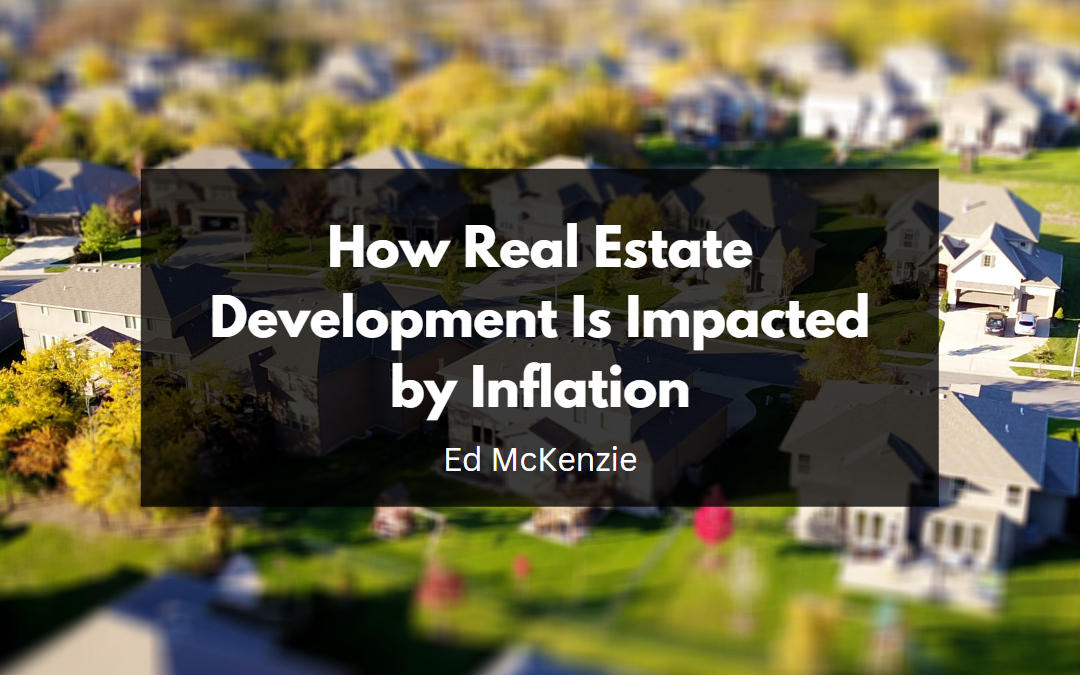What is the impact of inflation on commercial real estate?
In simple terms, inflation is the reduction in the purchasing power of currency. It occurs when the cost of goods and services increases, which means that people can buy less with the same dollar amount. A reasonable annual increase in the price of goods and services is considered beneficial for the economy as it increases demand and, in turn, increases production, promoting healthy competition in the economy.
When it goes above the average, inflation can cause problems for the economy due to the lack of a corresponding increase in wages. In February 2022, the two leading inflation indicators, the Producer Price Index and the Consumer Price Index, rose to 7.9% and 10.0%, respectively. This increase in the Consumer Price Index is the highest since February 1980, when it was 14.8%. Rising inflation has several adverse effects on the commercial real estate market.
How does inflation impact supply and demand?
Rising inflation can also affect the development costs of a project as it can cause delays in the construction of new projects and limit the supply of available real estate. This is one of the reasons why many investors consider development projects to be risky. Due to the various factors that can affect development projects, such as labor shortages and supply chain issues, projects are more susceptible to change and potentially decrease the future supply of real estate inventory.
Regardless of the reason for the slowdown in new construction, the value of existing inventory tends to go up when the demand for real estate is high. In 2021, we experienced record breaking cap rate compression and price appreciation for most asset types, especially industrial and multi-family. In markets with outsized demand, the rising cost of rent can increase the overall value of a property. This can cause the asking price to go up faster than the inflation rate.
The true value of cash flows is reduced by inflation
Aside from the rising cost of rent, inflation can also affect the operational costs of a property, such as insurance, maintenance, and utilities. If the cost of maintaining a property goes up, the cash flow can decline. Even if the cash flow is constant, the impact of the falling purchasing power of the dollar can significantly impact the true value of future returns.
If the dollar’s purchasing power goes down, property owners can increase their net operating income (NOI) by taking advantage of this and increasing rents. This can help protect the cash flows of their investments and prevent them from going negative. Some types of real estate can be marked to market quickly in response to rising inflation; this helps investors protect their assets.
The impact of inflation differs depending on the type of asset
Inflation resiliency can vary within the commercial real estate sector depending on the type of asset. It can be influenced by how fast the property owner is able to raise rents and how frequently they can do so. The shorter the lease term, the faster the property owner can raise rents to keep up with the rising inflation. For instance, hospitality, self-storage, and multi-family tend to have shorter rent terms. On the other hand, a fully-leased asset with a predictable rent schedule can lock the investor into a position of no opportunity to increase NOI and mitigate the effects of inflation. Adjusting the NOI can help increase a property’s cash flow to be comparable with inflation, which can protect the true value of future returns and the investor’s assets. During times of high inflation, many real estate investors are in a good position due to the long-term appreciation of their assets.

